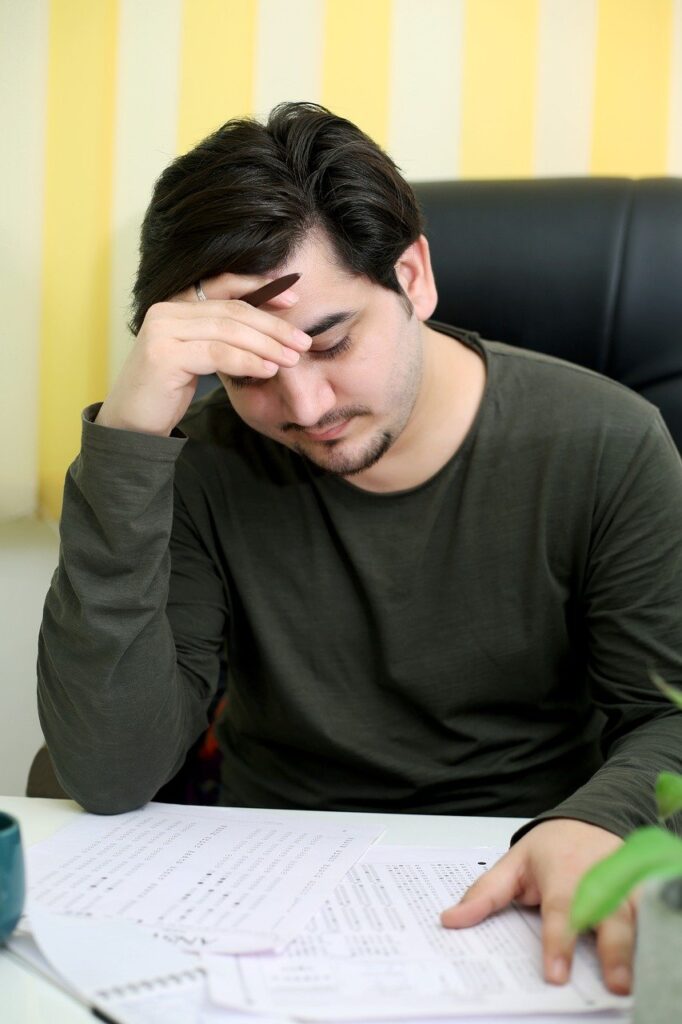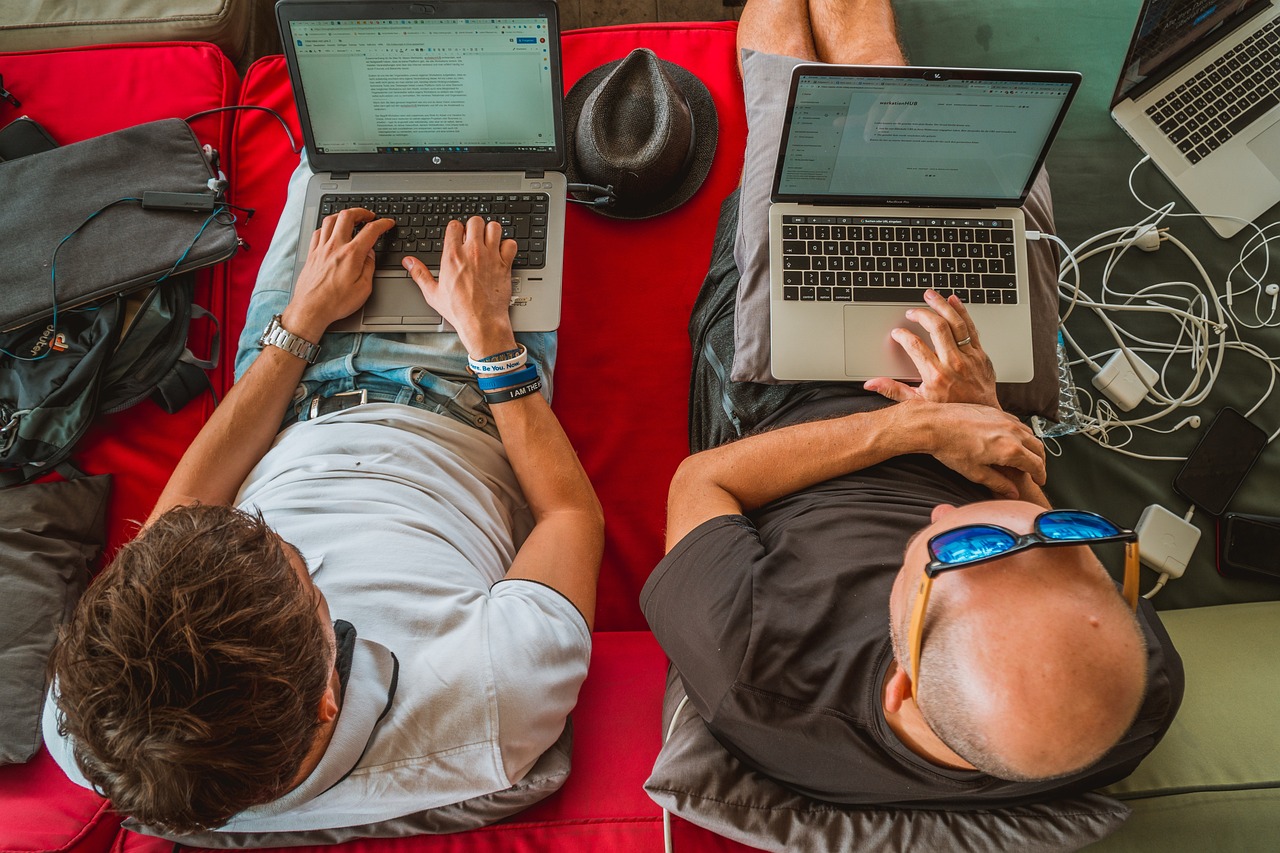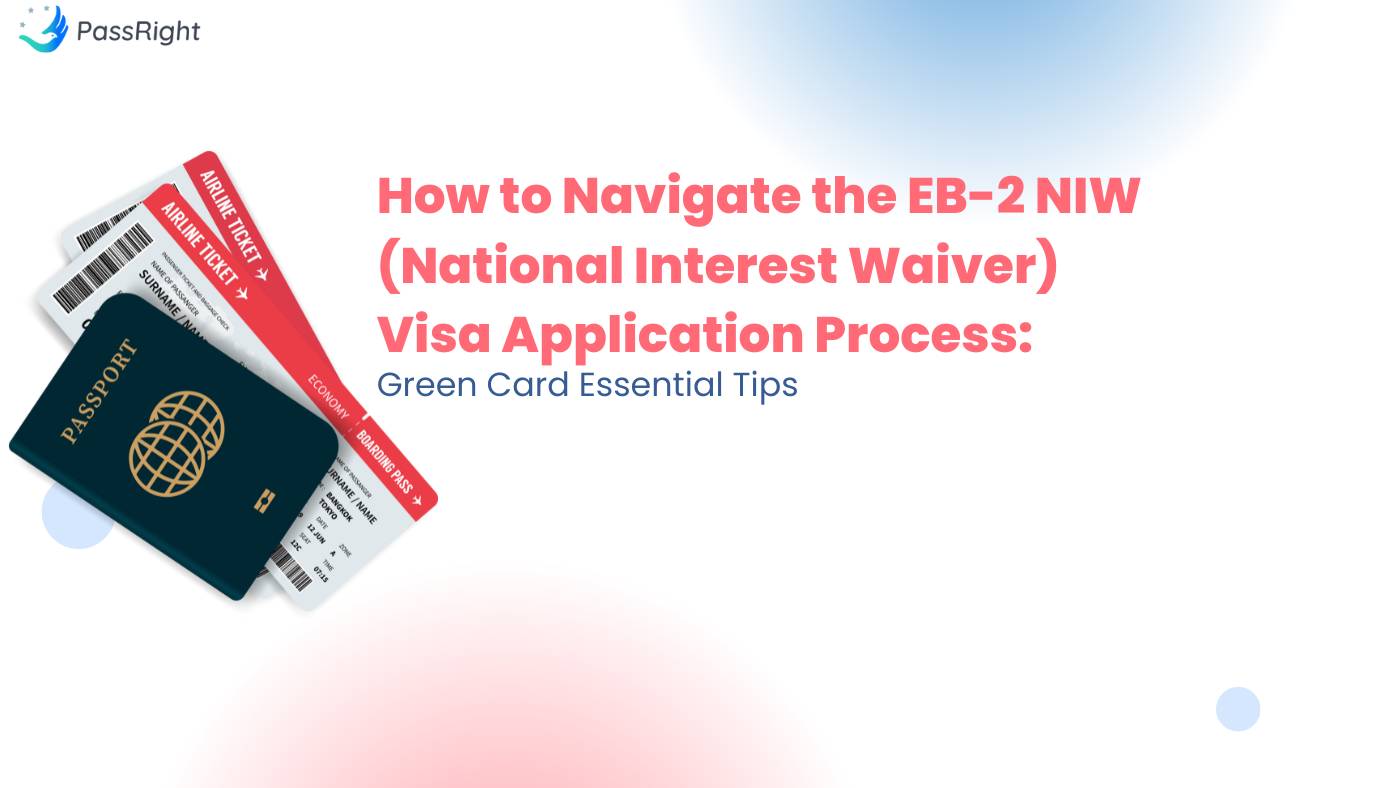Introduction
Are you looking into the O-1 Visa process? When it comes to the O-1 Visa for individuals with extraordinary ability, the most important question is what defines “extraordinary” talent. This visa has gained a lot of attention in recent years as it gives exceptional professionals, artists, and entrepreneurs a pathway to bring their skills and talent to the United States. The requirements of the O-1 visa for extraordinary talent are designed to attract individuals who have reached the top of their respective fields, making this a very popular visa option.
While this article provides valuable insights, remember it does not constitute legal advice. For personalized assistance with your immigration situation, please consult an immigration attorney. If you would like to speak with our lawyer, our customer care representative will happily arrange a call for you.
Understanding the O-1 Visa: A Gateway for Exceptional Talent
The O-1 visa is a nonimmigrant visa designed for U.S. employers or agents to bring individuals of extraordinary talent to work for them temporarily in the United States. This visa is suitable for top contributors across various industries who have a track record of extraordinary achievement in their respective field. To best understand the O-1 Visa and what defines extraordinary talent, we will look at the two main types of O-1 visas.
O-1 Visas Categories
The O-1 Visa is divided into two subcategories: the O-1A and the O-1B visa.
- O-1A Visa: This visa is for individuals with extraordinary abilities in business, science, athletics, or education. It can cover many professions, but some examples include professionals, researchers, CEOs, and data scientists.
- O-1B Visa: This visa is for those with extraordinary abilities in the arts, including the motion picture and television industry. An example of an O-1B visa holder may be an award-winning actor/actress, influential fashion designer, or culinary expert.
Key Criteria for Qualifying as an Extraordinary Talent
Applicants for O-1 visas must demonstrate extraordinary talent during the application process. The criteria for what qualifies and defines extraordinary talent depends on whether the visa is an O-1A or O-1B. Let’s break down the general requirements and definitions for each visa type:
Criteria for the O-1A visa (talent in sciences, athletics, business, or education)
As previously outlined, the O-1A visa focuses on those with extraordinary talents in the sciences, education, athletics, or business fields. Extraordinary abilities for the O-1A visa are defined by the applicant’s expertise, which puts them among the top professionals in their field, which only a small percentage hold.
To prove this, applicants must show evidence of a major internationally recognized award (ex. Nobel Prize, Olympic medal) or at least three of the following criteria:
- Published materials about the applicant’s work in major trade publications;
- Membership in associations that require high achievements to hold status;
- Received national or international awards of excellence in their field;
- Contributed findings of major significance in their relative field;
- Written scholarly articles in major media or professional journals;
- Hold an important job that is critical to an organization;
- Earned a high salary (relative to those in the same field);
- Evidence that you have judged the work of others in your field, either individually or on a panel;
Criteria for the O-1B visa (talent in the arts, including the motion picture and television industries)
The O-1B visa is suitable for those with a track record of extraordinary achievement in the arts, including the motion picture or television industries. Extraordinary ability in the arts is defined by a degree of skill and recognition that is substantially above that ordinary encountered in the profession. This can include those in the motion picture industry who have achieved significant success to the extent that the applicant is recognized as notable or leading in their field.
To demonstrate extraordinary ability for the O-1B visa, applicants must show evidence that they have received, or been nominated to receive a significant national or international award or prize (ex: an Academy Award, Emmy, Grammy, or Director’s Guild Award) or at least three of the following forms of evidence:
- Evidence you have performed and will perform in a leading or starring role in productions or events that have a distinguished reputation;
- Evidence of national or international recognition for achievements;
- Evidence you have performed and will perform in a leading, starring, or critical role for organizations and establishments that have a distinguished reputation;
- Demonstrated track record of major commercial success or critically acclaimed successes;
- Evidence of significant recognition for achievements from organizations, critics, government agencies, or other recognized experts in your field;
- Evidence you have commanded or will command a high salary in relation to others in your field;
Understanding these requirements is essential for potential applicants to assess their eligibility and prepare a strong case for their O-1 visa based on extraordinary talent.
Comparative Evidence

Additionally, if the O-1 visa requirements stated previously do not adequately allow the applicant to prove their extraordinary ability, the petitioner (the U.S. employer or agent) may submit comparable evidence instead. Such evidence is generally provided for innovators in new and up-and-coming industries where these requirements may not readily apply.
Generally, when using comparable evidence, the petitioner should mirror the standard O-1 visa requirements as closely as possible, even if they don’t completely match and provide an explanation as to why the submitted evidence is “comparable” to the criterion.
Steps to Apply for the O-1 Visa
When applying for the O-1 visa, applicants must take several steps, including careful and diligent document preparation. To ensure a successful application, it is important for applicants to work closely with their employer and immigration attorney to ensure that all the O-1 requirements are met.
USCIS Application Procedure
The application procedure for the O-1 visa is generally as follows:
- Form I-129: The U.S. employer or agent must complete and file this form with the U.S. Citizenship and Immigration Services (USCIS) to petition for the O-1 worker, along with the application fee, and supporting documentation proving that at least three of the O-1 criteria have been met
- Dependents: Dependents such as a spouse and unmarried children under age 21 of the O-1 worker may accompany them in the U.S. by filing Form I-539, and I-539A with USCIS, along with the application fee and supporting documentation for each dependent
- Biographic documentation: The worker must provide a copy of their valid passport ID page. If the applicant is seeking a change of status while inside the U.S. they must also provide their U.S. visa ID page and I-94 arrival departure record
- Academic documentation: The O-1 applicant must provide a copy of relevant academic degrees including their academic diploma, transcripts, and U.S. academic evaluation
- Resume: The applicant must provide a polished resume showcasing their talents and work for employers of distinguished reputation
- Employment or Agent Contract: The employer or agent must provide an employment contract or agreement detailing the job offer, the applicant’s roles and responsibilities while in the United States, etc.
- Work Itinerary: For O-1B, a document explaining the activities and events the applicant will participate in, including the nature, start, and end dates.
Advisory Opinion
Unlike other visa applications, certain O-1 visa applicants may need to provide an advisory opinion from a peer group (including labor organizations) or a person with expertise in their field.
An advisory opinion can be:
- For O-1A applicants, a written consultation from another expert, colleague, or peer from the applicant’s industry;
- For O-1B applicants in the motion picture or television industries, a written consultation must come from an appropriate labor union and a management organization with expertise in the beneficiary’s area of ability;
- Authenticity: Submission of the advisory opinion must include watermarks to prove the authenticity of the opinion;
- Waiver: In certain cases, the advisory opinion can be waived. This generally happens for applicants with extraordinary ability seeking readmission within two years of the prior advisory opinion;
USCIS Evaluation Steps
After the application has been submitted, USCIS will evaluate the petition. There are a few aspects to keep in mind as USCIS reviews the application:
- Standard Processing Time: The standard processing time for an O-1 petition is generally four to six months; however, this can vary.
- Premium Processing Service: By submitting Form I-907 Request for Premium Processing Service and paying the respective fee, O-1 petitions can receive a response within 15 business days. However, this can vary from case to case.
- Evaluation Criteria: USCIS will review the documentation and determine if the application meets the O-1 criteria.
- Decision: Once the review is complete, USCIS will decide whether they approve the petition, request additional evidence, or deny the application.
If USCIS approves the petition, applicants outside the United States will need to schedule an interview with the U.S. embassy or consulate to obtain their O-1 visa.
Applicants already in the U.S. receive a change of status (COS, if this is what they requested in the I-129 form) to O-1, but will need to attend a visa interview abroad to receive the printed O-1 visa in their passport.
Applying for the Visa at the Consulate
Once the Form I-129 has been approved by USCIS, Applicants residing overseas will need to schedule and attend a Consular visa interview at a U.S. Consulate or Embassy to receive the O-1 visa in their passport.
- Form DS-160 Online Nonimmigrant Visa Application: This is an online application form that all U.S. visa applicants must complete. After submission, applicants should print the Confirmation Page and present it at the interview.
- Visa Fee Receipt: Applicants must pay the visa fee and provide the payment receipt at the interview stage.
- Prepare for your visa interview, bringing your employment contract, itinerary, and other relevant documentation with you.
Benefits of the O-1 Visa for Talent
Visa Duration
The O-1 visa offers various benefits, including unlimited extensions. Generally, as long as the visa holder continues to qualify and meet the requirements of the O-1 visa, they can request 1-year extensions. The validity of the initial O-1 visa is generally up to three years.
Employment Flexibility
Unlike other visa options, the O-1 visa allows employment flexibility. Visa holders can work for multiple employers in the U.S. but each new employer must file Form I-129 with USCIS and receive an O-1 visa approval, or use agency sponsorship (for O-1B). This flexibility allows those with exceptional ability to share their expertise across the industry.
Path to Green Card
The O-1 visa is a nonimmigrant visa, meaning it does not lead to a green card within the United States. However, it can serve as a stepping stone towards a green card in the future such as EB-3 employment sponsorship for a green card, or other green card options that do not require employment sponsorship, such as the EB-1A or EB-2 National Interest Waiver.
Conclusion
In conclusion, the O-1 visa for extraordinary ability creates unlimited opportunity for foreign workers to bring their exceptional talents and skills to the American landscape. It also allows O-1 visa holders to bring their dependents to live with them in the U.S. Finally, it provides a potential pathway to permanent residency in the United States, making this an excellent choice for those with unique talents.
If you are interested in determining your eligibility for the O-1A kindly complete this free brief screening, and our team of attorneys will carefully review your accomplishments.
What is considered ‘extraordinary ability’ for the O-1 Visa?
Extraordinary abilities for the O-1 visa are defined by the applicant’s expertise or skill set in the science, arts, education, business, or athletics field, which puts them in the top percentage of that industry. Throughout the application process, it must be demonstrated that the applicant meets the O-1 criteria to demonstrate a record of extraordinary ability.How long does the O-1 Visa application process take?
The O-1 Visa for extraordinary ability has a relatively short processing time. A typical O-1 petition takes approximately 8-12 weeks to prepare. Once the case is filed with USCIS, it can take from 15 business days under premium processing to 4 -6 months to receive a decision under a regular processing. Applicants who request premium processing to receive a decision within 15 business days by filing Form I-907 Request for Premium Processing are required to make an additional fee payment.Can my family accompany me on an O-1 Visa?
Spouses and unmarried children under the age of 21 can apply for the O-3 visa.









